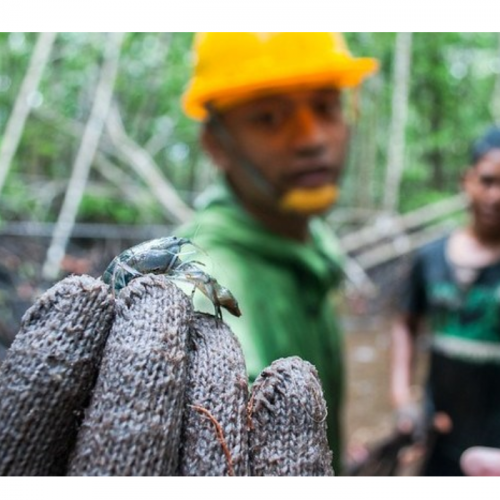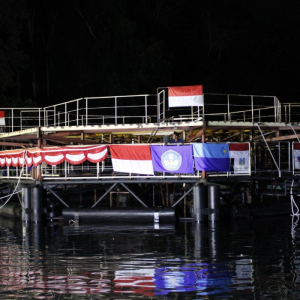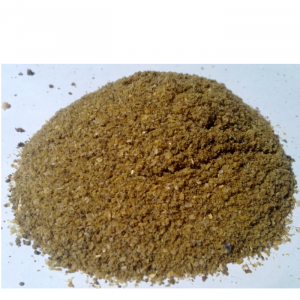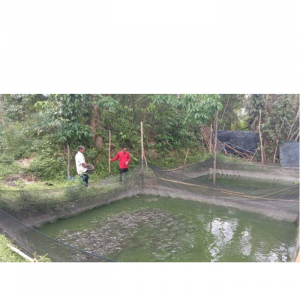
The Carbon On Your Plate: Mangrove and Aquaculture
| Wed, 29 Jul 2020 - 10:19
Stinky and full of mosquitos, mangrove forests may easily be dismissed and marginalized. But in these brackish coastal ecosystems, each hectare of mangrove swamp can store three times more carbon than terrestrial forest ecosystems, making them a key component in efforts to forestall climate change.
“It’s not exactly a nice place to work,” says Daniel Murdiyarso, laughingly recalling the challenging conditions he has faced during a 30-year career dedicated to the study of mangroves in 25 countries.
Also read: How Poultry byproducts Can Help Reduce Aquaculture’s Environmental Footprint
The CIFOR principal scientist says their unappealing image often undervalues mangrove forests leading to deforestation activities that make way for aquaculture farms, infrastructures and agricultural land. In Southeast Asia, for example, more than 100,000 ha of mangrove were removed between 2000 and 2012. “It is time to call for a moratorium on mangrove deforestation,” says Murdiyarso.
One of the biggest threats to mangrove forests is the expansion of aquaculture ponds. Roughly 30 percent of mangrove deforestation and coastal land-use change in Southeast Asia has been attributed to aquaculture, especially shrimp farming. And as the top aquaculture commodity, the marine shrimp industry is forecast to continue its expansion, according to a report launched by Planet Tracker.
Also read: Can Probiotics Make Shrimp Farming More Environmentally Friendly?
Yet, somewhat ironically, deforestation may damage the shrimp industry, which the non-profit financial think tank says is worth $45 billion, globally. Coastal degradation and deforestation will make shrimp farms more prone to damage and diseases, resulting in higher operating costs and lower profit margins. Positive signs are emerging for ecologically-conscious investors and as more countries and companies within the shrimp aquaculture sector have started to adopt deforestation-free value chain policies. The European Union, the biggest importer of shrimp from Southeast Asia, is a trendsetter in this regard. Pressures from investors are also key to achieving more sustainable, deforestation-free aquaculture, says Matthew McLuckie, director of Investor Relations at Planet Tracker.
Also read: Six Tips to Make Your Fish Farm More Environmentally Sustainable
Positive examples exist where the protection of mangrove forests sustains local livelihoods. Pristine mangrove forests in Papua, Indonesia, for example, provide excellent breeding grounds for shellfish and mud crab that result in an abundance of high-quality seafood products.
“This can be a good combination of conservation and livelihood activities, but we need to help connect these communities to the market, as they are situated in a very remote area,” says Murdiyarso.
This research forms part of the CGIAR Research Program on Forests, Trees and Agroforestry, which is supported by CGIAR Fund Donors.
Source: forestnews.cifor.org






















